Chinese AI-powered robot Xiaoyi took the country’s medical licensing examinations and passed.
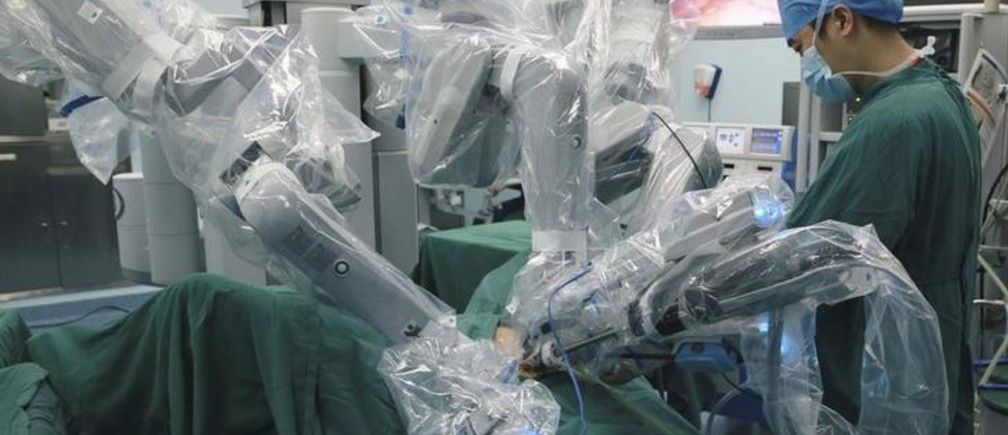

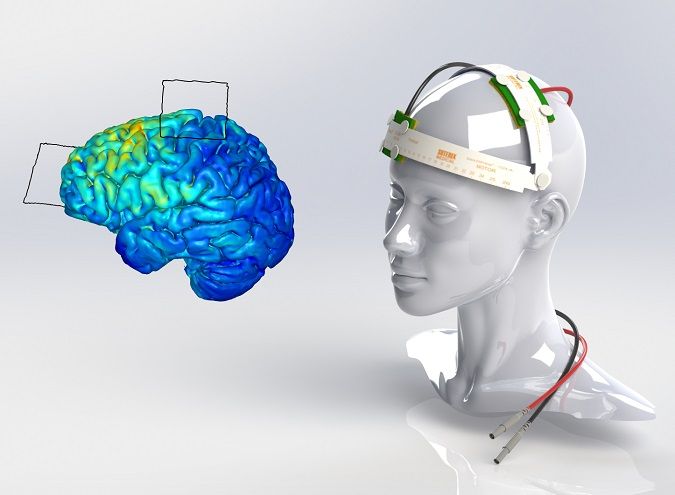
In summary — “I am cautiously optimistic about the promise of tDCS; cognitive training paired with tDCS specifically could lead to improvements in attention and memory for people of all ages and make some huge changes in society. Maybe we could help to stave off cognitive decline in older adults or enhance cognitive skills, such as focus, in people such as airline pilots or soldiers, who need it the most. Still, I am happy to report that we have at least moved on from torpedo fish” smile
In 47 CE, Scribonius Largus, court physician to the Roman emperor Claudius, described in his Compositiones a method for treating chronic migraines: place torpedo fish on the scalps of patients to ease their pain with electric shocks. Largus was on the right path; our brains are comprised of electrical signals that influence how brain cells communicate with each other and in turn affect cognitive processes such as memory, emotion and attention.
The science of brain stimulation – altering electrical signals in the brain – has, needless to say, changed in the past 2,000 years. Today we have a handful of transcranial direct current stimulation (tDCS) devices that deliver constant, low current to specific regions of the brain through electrodes on the scalp, for users ranging from online video-gamers to professional athletes and people with depression. Yet cognitive neuroscientists are still working to understand just how much we can influence brain signals and improve cognition with these techniques.
Brain stimulation by tDCS is non-invasive and inexpensive. Some scientists think it increases the likelihood that neurons will fire, altering neural connections and potentially improving the cognitive skills associated with specific brain regions. Neural networks associated with attention control can be targeted to improve focus in people with attention deficit-hyperactivity disorder (ADHD). Or people who have a hard time remembering shopping lists and phone numbers might like to target brain areas associated with short-term (also known as working) memory in order to enhance this cognitive process. However, the effects of tDCS are inconclusive across a wide body of peer-reviewed studies, particularly after a single session. In fact, some experts question whether enough electrical stimulation from the technique is passing through the scalp into the brain to alter connections between brain cells at all.
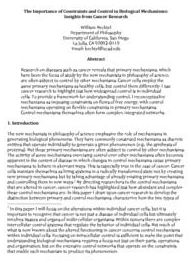
Research on diseases such as cancer reveals that primary mechanisms, which have been the focus of study by the new mechanists in philosophy of science, are often subject to control by other mechanisms. Cancer cells employ the same primary mechanisms as healthy cells, but control them differently. I use cancer research to highlight just how widespread control is in individual cells. To provide a framework for understanding control, I reconceptualize mechanisms as imposing constraints on flows of free energy, with control mechanisms operating on flexible constraints in primary mechanisms. Control mechanisms themselves often form complex, integrated networks.
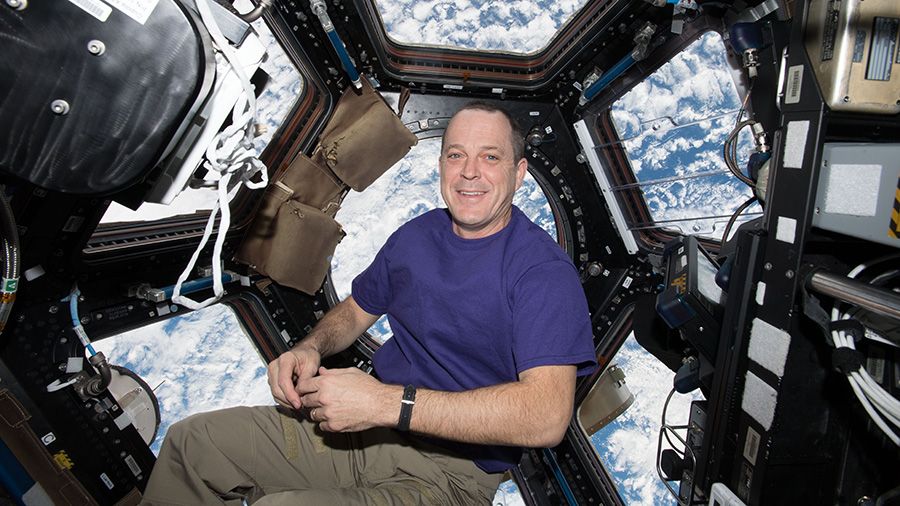
The Falcon 9 rocket carrying the SpaceX Dragon cargo craft stands atop its launch pad counting down to a 4:30 p.m. EDT liftoff today to the International Space Station. The Expedition 55 crew is preparing for its arrival on Wednesday while continuing a variety of advanced space research aboard the orbital lab today.
NASA’s Kennedy Space Center in Florida is hosting the 14th launch of a SpaceX commercial cargo mission to the space station. Astronauts Norishige Kanai and Scott Tingle are practicing the maneuvers and procedures necessary to capture Dragon with 2 Canadarm2 when it arrives at 7 a.m. Wednesday morning. Their fellow flight engineers Drew Feustel and Ricky Arnold joined them later in the afternoon to review the cargo they’ll transfer back and forth after they open the hatches to Dragon.
Feustel spent the better part of his day testing algorithms on a pair of tiny internal satellites that could be used to detect spacecraft positions and velocities. Arnold strapped himself into an exercise cycle for an exertion in space study then collected his blood samples for stowage and later analysis.

Not only can synthetic molecules mimic the structures of their biological models, they can also take on their functions and may even successfully compete with them, as an artificial DNA sequence designed by Ludwig-Maximilians-Universitaet (LMU) in Munich chemist Ivan Huc now shows.
Chemist Ivan Huc finds the inspiration for his work in the molecular principles that underlie biological systems. As the leader of a research group devoted to biomimetic supramolecular chemistry, he creates ‘unnatural’ molecules with defined, predetermined shapes that closely resemble the major biological polymers, proteins and DNA found in cells. The backbones of these molecules are referred to as ‘foldamers’ because, like origami patterns, they adopt predictable shapes and can be easily modified. Having moved to LMU from his previous position at Bordeaux University last summer, Huc has synthesized a helical molecule that mimics surface features of the DNA double helix so closely that bona fide DNA-binding proteins interact with it.
This work is described in a paper published in Nature Chemistry. The new study shows that the synthetic compound is capable of inhibiting the activities of several DNA-processing enzymes, including the ‘integrase’ used by the human immunodeficiency virus (HIV) to insert its genome into that of its host cell. The successful demonstration of the efficacy of the synthetic DNA mimic might lead to a new approach to the treatment of AIDS and other retroviral diseases.
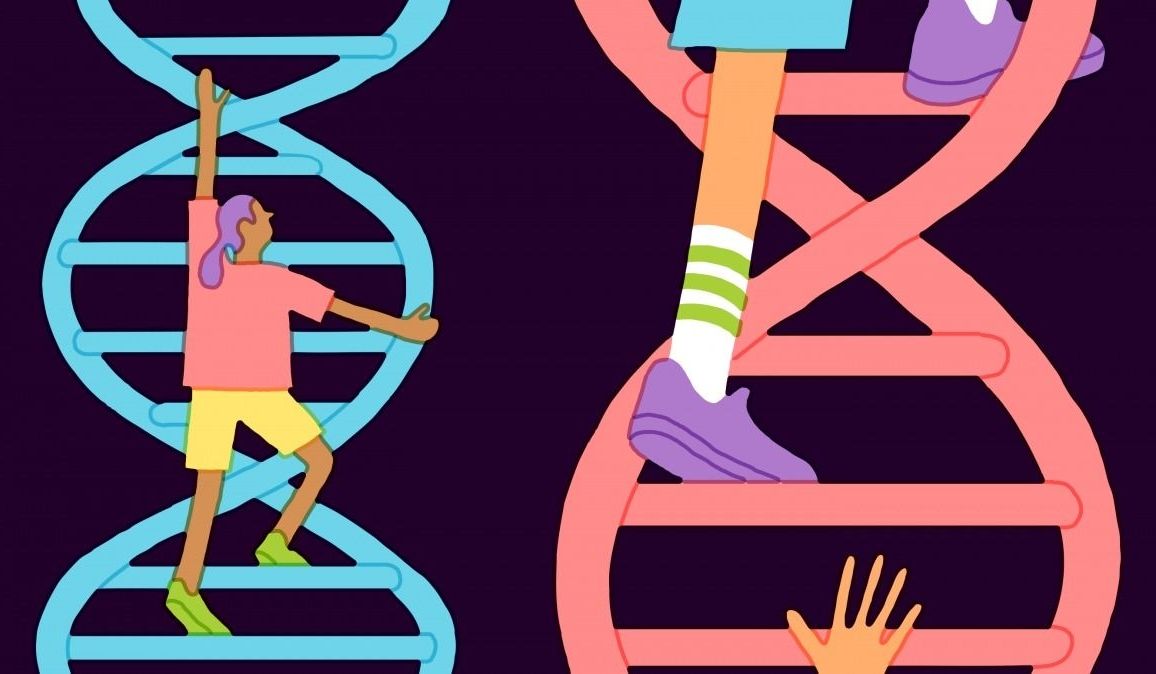
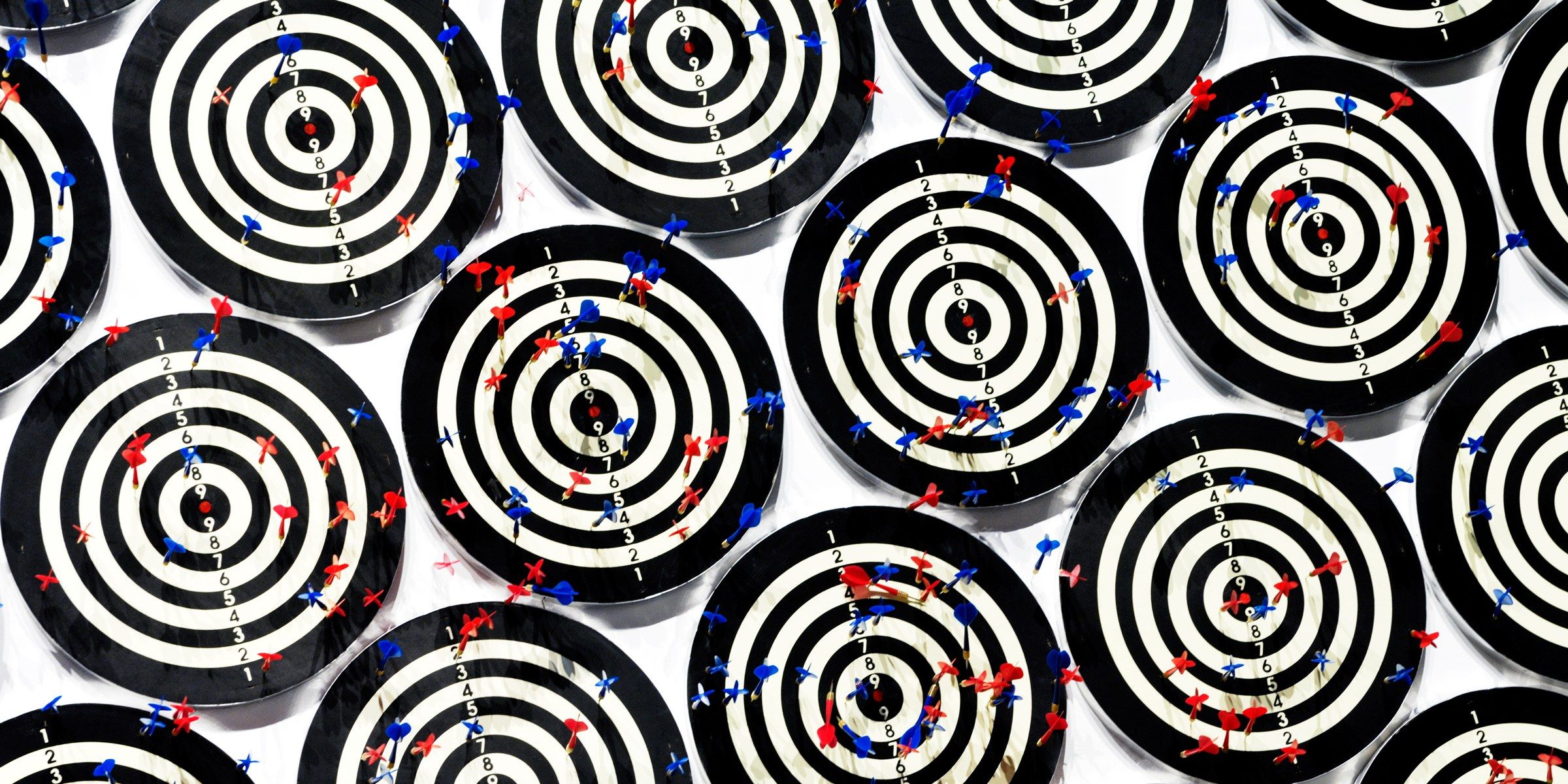

It’s not a great feeling to know that you scared your doctors. Unfortunately for a man in the UK, he recently did so: he displayed a case of gonorrhea that so dramatically resisted treatment that it chilled his physicians.
That’s partially because gonorrhea isn’t the best thing to leave untreated. But another reason: this case is a harbinger of a looming crisis.
Gonorrhea is an infection caused by a bacteria. Usually antibiotics can kill it.
